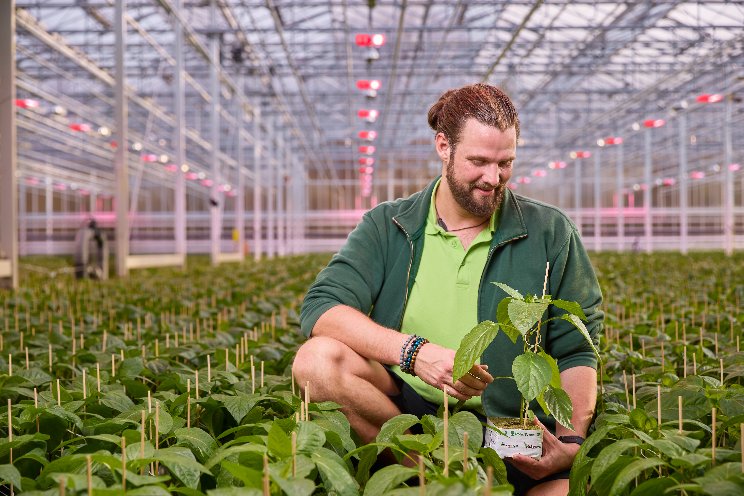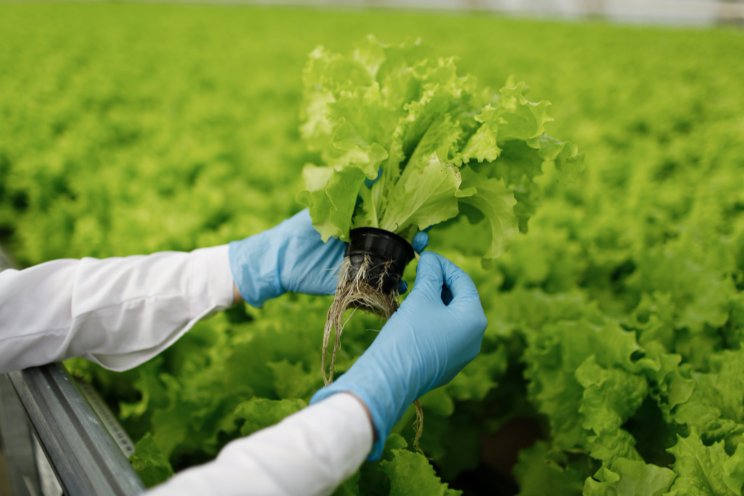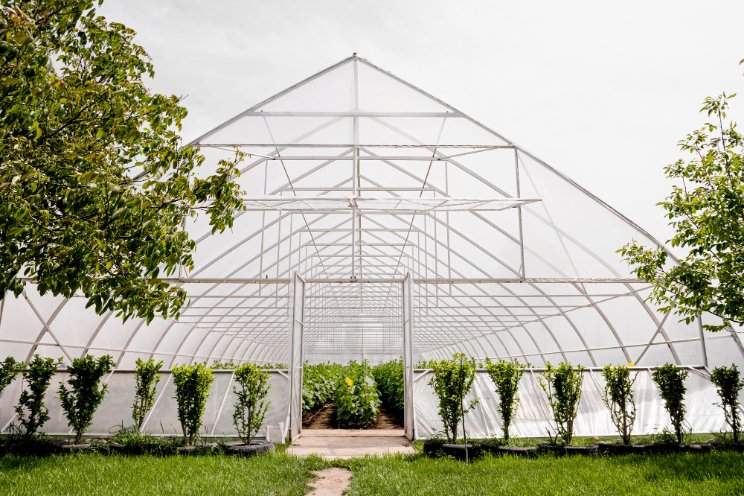Chemical differences in indoor and sungrown cannabis
Added on 09 April 2023

When it comes to cannabis, most people assume the plant’s genetics are primarily responsible for an individual cultivar’s cannabinoid and terpene content. However, it turns out that cultivation practices may also play a significant role.
A recent study published in the journal Molecules reveals how the growing process can impact the cannabis plant. A team from Colombia University, in conjunction with farmers in the famed Emerald Triangle, compared two genetically-identical strains—Red Velvet and Cheetah Piss—grown indoors and outdoors.
The clones were from the same mother plants with the outdoor samples,
“grown in raised beds using a proprietary mixture of all-natural soil and composts under full sunlight.” The indoor samples were grown under artificial light in a proprietary growth medium.
Once the plants reached maturity, the team noticed immediate differences in the look and scent of the samples. As the report states, “the outdoor samples were stickier to the touch and were much more pungent than the indoor samples.”
Researchers then used gas/liquid chromatography and mass spectrometry to examine the cannabinoid content and terpene profiles of each sample. The results showed a remarkable difference between sungrown and indoor-grown cannabis, with the outdoor samples testing higher for several terpenes and showing fewer signs of oxidation and degradation.
The study is a concrete argument for consumers to consider buying outdoor bud, which is often viewed as less desirable.
Image by Freepik
More news















